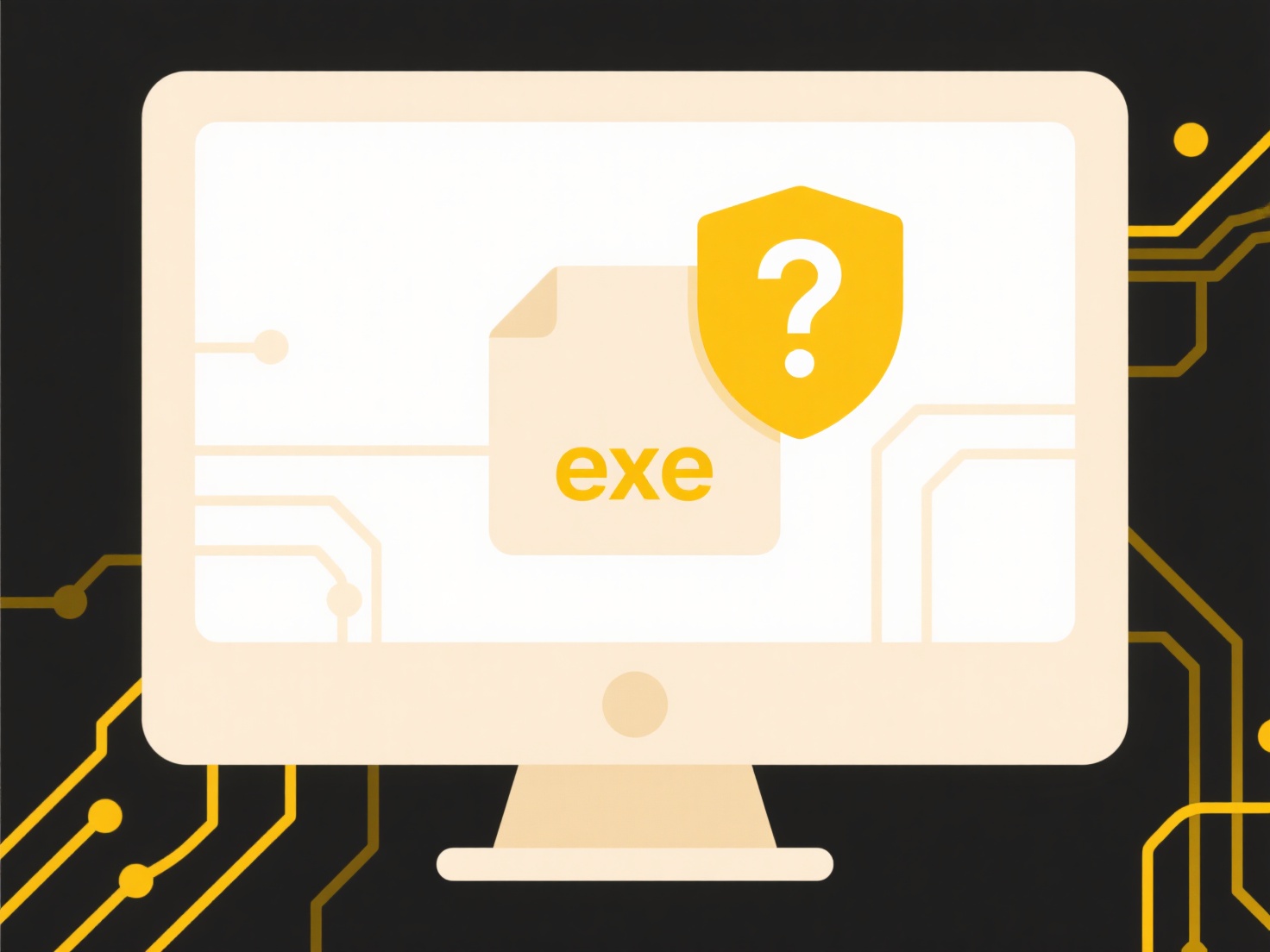
Illegal characters in filenames are symbols disallowed by operating systems or platforms. Common culprits include /, \, :, *, ", <, >, |, ?, and NUL on Windows, while : and / cause issues on macOS/Linux. File systems reserve these for operations (like path separators), preventing their use to avoid errors, corruption, or data loss. Automation replaces these characters programmatically, unlike error-prone manual edits.

Automated removal uses scripts (e.g., Python's re.sub(), PowerShell), dedicated tools (Bulk Rename Utility), or cloud integrations. A Windows admin might run a PowerShell script replacing illegal symbols with underscores during file migration. Cloud storage services like AWS S3 SDKs can sanitize filenames before upload, ensuring : becomes - for compatibility.
Automation ensures consistency and prevents processing failures. However, overzealous replacement can create ambiguous filenames, potentially altering meanings (file:1.txt vs file_1.txt). Scripts must handle language-specific nuances like accented letters cautiously to preserve accessibility. Future development includes smarter normalization libraries respecting semantic intent while maintaining universal compatibility, improving secure data management.
How do I remove illegal characters from file names automatically?
Illegal characters in filenames are symbols disallowed by operating systems or platforms. Common culprits include /, \, :, *, ", <, >, |, ?, and NUL on Windows, while : and / cause issues on macOS/Linux. File systems reserve these for operations (like path separators), preventing their use to avoid errors, corruption, or data loss. Automation replaces these characters programmatically, unlike error-prone manual edits.

Automated removal uses scripts (e.g., Python's re.sub(), PowerShell), dedicated tools (Bulk Rename Utility), or cloud integrations. A Windows admin might run a PowerShell script replacing illegal symbols with underscores during file migration. Cloud storage services like AWS S3 SDKs can sanitize filenames before upload, ensuring : becomes - for compatibility.
Automation ensures consistency and prevents processing failures. However, overzealous replacement can create ambiguous filenames, potentially altering meanings (file:1.txt vs file_1.txt). Scripts must handle language-specific nuances like accented letters cautiously to preserve accessibility. Future development includes smarter normalization libraries respecting semantic intent while maintaining universal compatibility, improving secure data management.
Quick Article Links
What is a .json file used for?
A JSON file stores structured data using plain text formatted with JavaScript Object Notation. It organizes information ...
What does execute permission mean?
Execute permission determines whether a specific user or group is allowed to run a file as a program or script. It is a ...
How do I search for files by name?
Searching for files by name involves using a computer's search function to locate specific files based on the text in th...